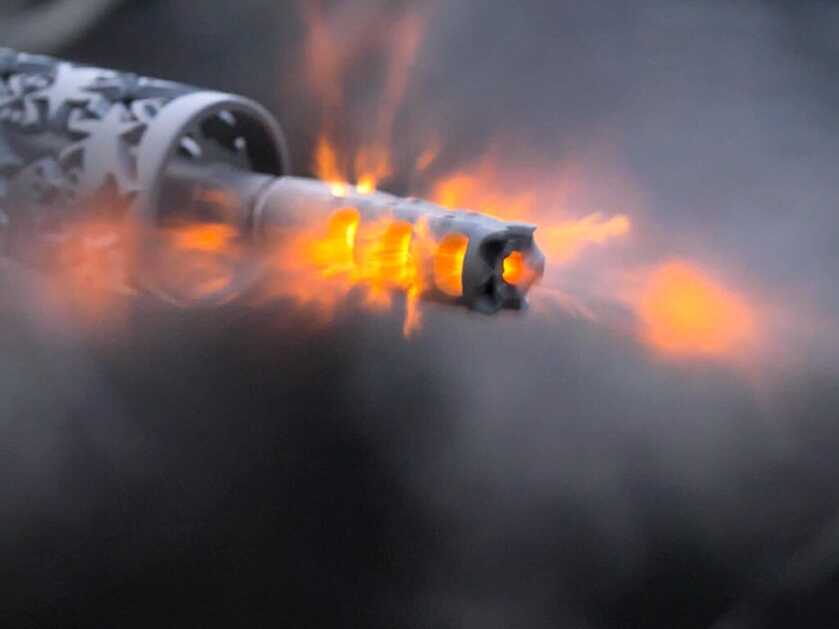
There are all kinds of muzzle devices that folks attach to their barrels. Some of them are just flash hiders, but others have more profound effects. Muzzle brakes are a powerful way to positively affect accuracy, and they work for all rifles, not just ARs. To get some insight into muzzle brakes, I visited Unique-ARs in McCall, Idaho. In addition to custom AR-15’s, they also make the ROOK brake.
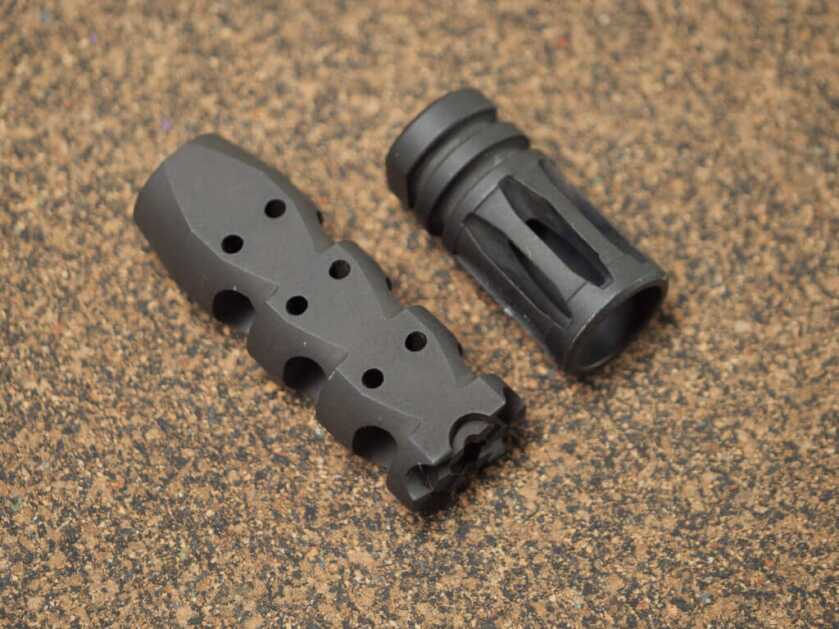
I sat down with Jim Corbet, the founder of Unique-ARs and designer of many of their AR-15 accessories. He’s wearing a NASA Tshirt and he was just working at one of the shop’s several CNCs. Corbet has sharp, clear eyes and I can tell he’s solving twelve other problems at the same time he’s talking with me. He’s the kind of guy who implements the ideas he has.
What’s the Point?
Corbet helped me understand all kinds of intricacies about muzzle brakes. First of all, the reason you’d use a muzzle brake is to reduce the felt recoil as you shoot. Brakes can be applied to all kinds of rifles. You’ve probably seen pictures of tanks and canons sporting enormous brakes.
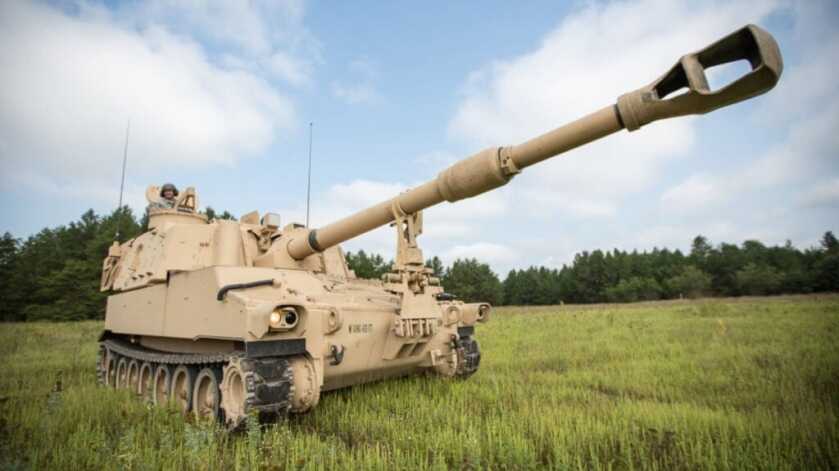
Brakes are fitted to the end of the barrel and use the projectile’s own gasses to redirect the energy released by firing. Expanding gasses push the bullet out of the barrel, but they also push the gun back toward the user and that force is called recoil. The brake disperses those gases back and to the sides which reduces the rearward movement of the gun.
How’s It Work?
The brake screws onto the end of a barrel. You’ll find brakes for .223/5.56 and .30 calibers very easily. Using a larger brake on a smaller caliber round wouldn’t be bad, so you could use a .30 caliber brake on a 6.5 Creedmoor barrel without issue. Brakes generally attach via threading on the end of the barrel. .223/5.56 brakes almost always use 1/2-28 threads and .308 and 6.5 Creedmoor often use 5/8-24 threads.
The cutouts in the sides and ports in the top of the brake are engineered to direct gasses coming out the barrel to exit through them and use the movement of the gas to change the direction of the recoil.
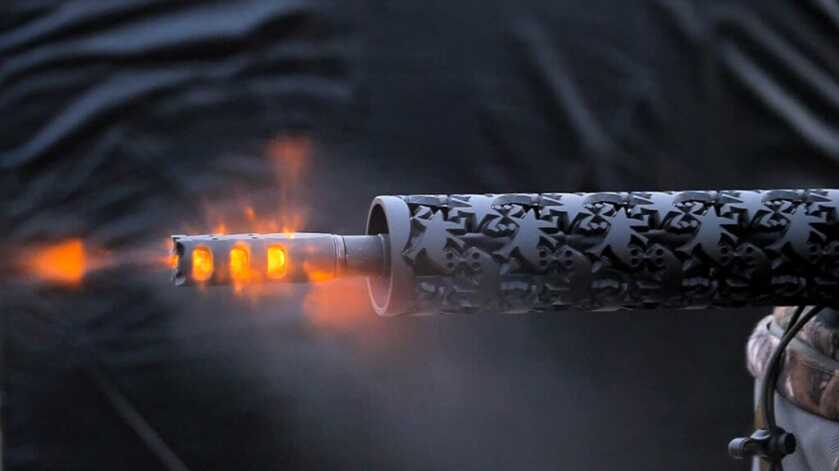
The side cutouts do the majority of the work of reducing recoil. They are angled so that gasses are directed backward, which in turn pushes the barrel forward and reduces the recoil movement. Top ports push the muzzle downward and fight muzzle rise.
What Features Do You Need?
Pay attention to the top ports when you buy a brake. These ports keep muzzle rise under control by forcing the barrel downward, but many brakes lack top ports. Also, if these ports direct gas straight up, then your view of the target is obscured during subsequent shots. Make sure that your brake has ports that are off-center and direct the gasses upward at an angle, as they do on the ROOK brake.
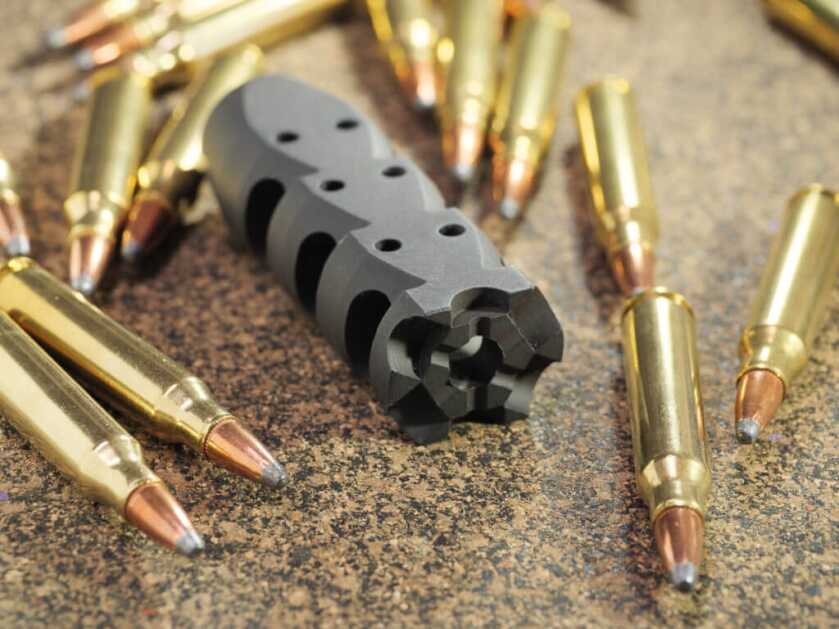
There’s a lot of engineering that goes into making a brake. Unique-ARs have patents for their special sauce, as do other brands. Corbet reports that the fancy front end is purely aesthetic, though it may aid in breaking tempered glass.
Make sure that your brake also has a solid bottom side so it doesn’t blow dust off the ground when you shoot prone.
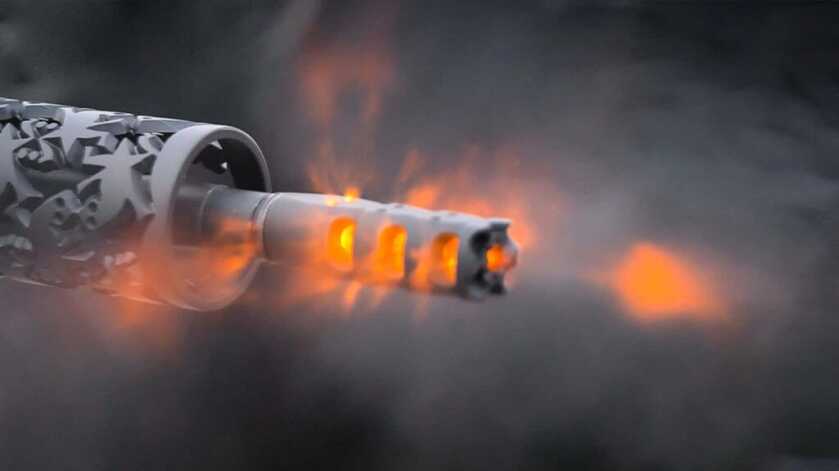
Is It Worth It?
Is a brake worth the money you pay for it? Corbet says his ROOK brake reduces felt recoil by 70% compared with using an A2 birdcage flash hider alone. He says that makes shooting a .223 Remington feel like shooting a .22 Long Rifle. That’s a significant and worthwhile change. Adding a brake is probably the most significant thing you can do to improve your accuracy for under $100.
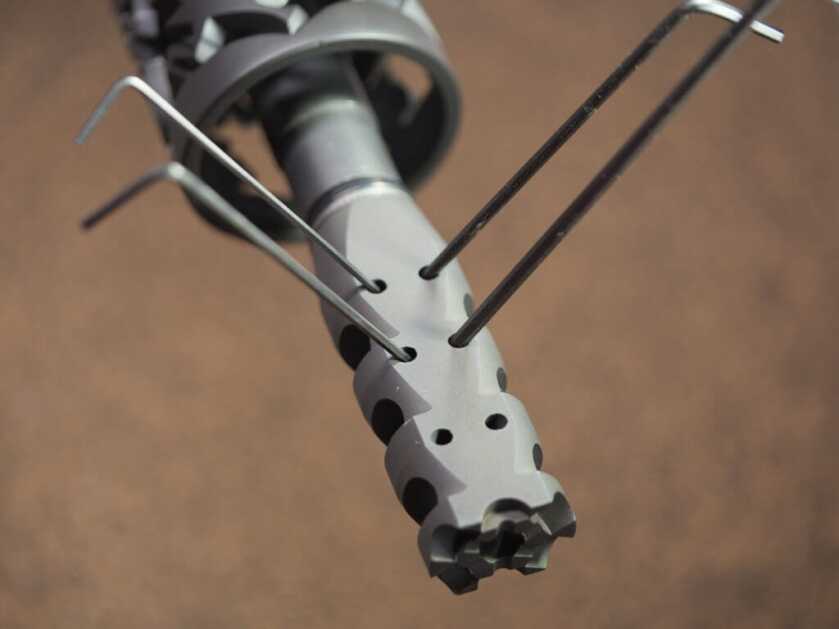
Because you’re reducing the recoil, you’ll probably also reduce your flinch and that makes it easier to keep your gun on target and follow through. It’ll be easier to watch your shot through the scope, and it’ll make followup shots faster since you’re still on target. It’ll make you a more consistent shooter.
What’s Different?
When you add a brake to your rifle you will see some changes. Corbet says that adding the weight of the brake to the front of the barrel will change its resonance or harmonics. You’ll need to re-zero your rifle with the brake.
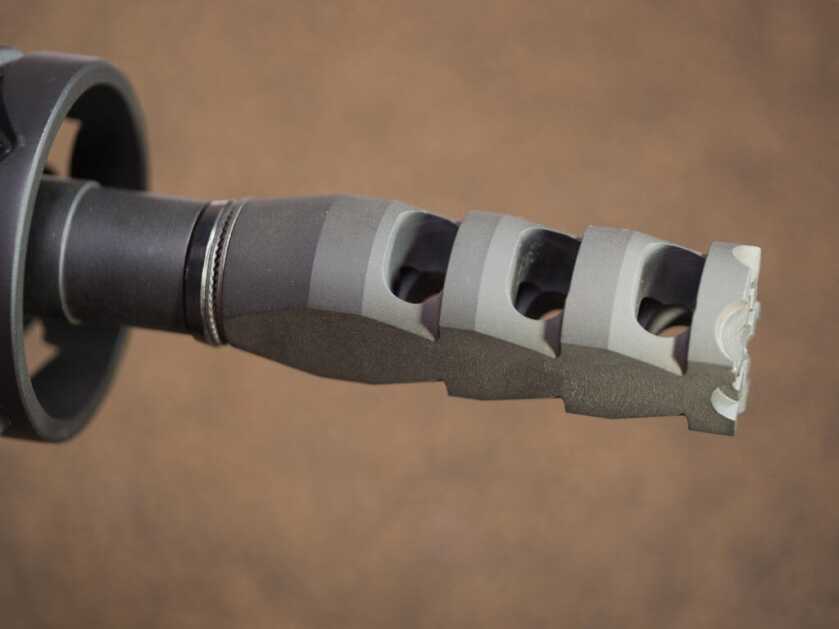
Another change is that sound is also redirected. People on the sides will notice a marked increase in the volume of the report, but the user will not notice as much difference. I suspect that the down-range volume is also reduced, but I haven’t found anyone willing to test it (please don’t test it!).
Is It Difficult To Mount?
You can add a break at home with a Crescent wrench. A brake may include a crush washer to replace the one on your barrel when you remove the A2 birdcage flash hider. Crush washers are usually single-use. You can tighten as much as needed to line up the top ports with the top of the barrel — this is what people mean when they talk about getting the timing right.
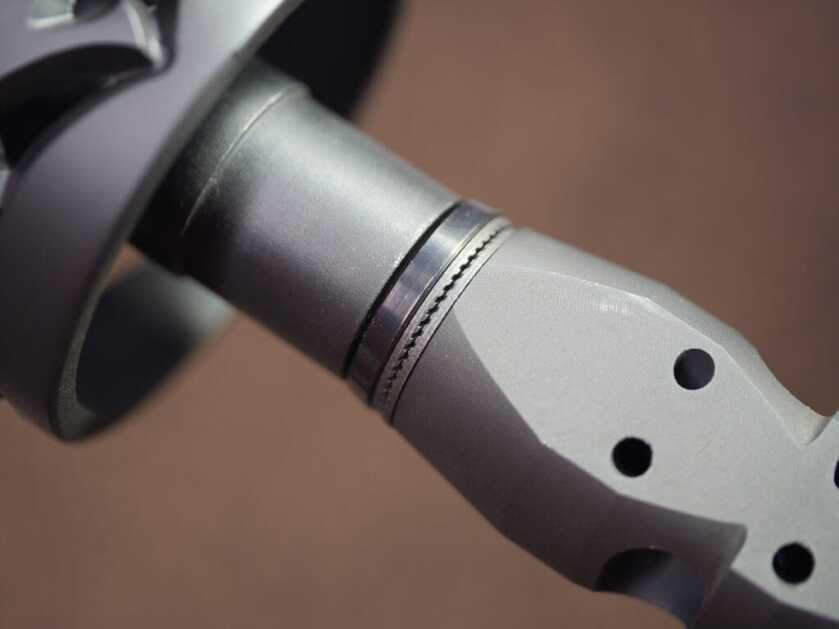
Corbet suggested another good way to mount the brake is to use two crush washers or two conical washers. Used together, they make a Belleville spring that keeps pressure against the brake and allows the washers to be re-used.
Do You Need A Brake?
Some feel that using a brake on a .223 rifle is not worth the additional noise for other people at the range. They may feel that the .223 round is already a low-recoil choice. However, it makes a big difference and small and new shooters, like kids, will certainly appreciate it. It also makes a significant difference for precision. Braking larger guns, like .300 Win Mags, makes a huge difference.
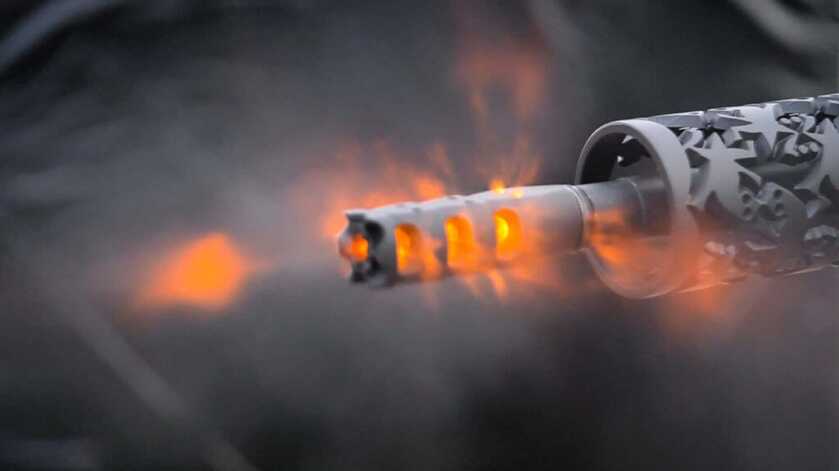
For under $100, a muzzle brake is a terrific way to help you become a better shooter, and it’s an easy gift for the shooter in your life. There are many out there, so pay attention to some of the simple features, like top ports to control muzzle rise and still keep gasses out of your line of sight and a solid bottom side for dust reduction.
ROOK Brake Specs
- Length: 2.6″
- Weight: 4.2 oz
- Outside Diameter: 0.942″
- Material: 4140 Steel
- Finish: Black oxide
- Thread: 1/2″-28, or 5/8″-24
- MSRP: $90

Ok, but where did you get that awesome Escher design though?!
Be aware that some ranges with adjacent benches will not allow braked weapons. In AZ, a popular State-run range does not permit brakes and the benches are so marked. If you shoot at a particular range the majority of the time, it might be to your benefit to check their rules. Another issue for some is that removing a silencer and firing without it means you are now firing a weapon with a brake adapter.
what if barrel is not threaded and you do not want theads on it. at one time you could buy one that was locked on by set screws.
You still can buy ones that are clamp on.
search the NET for examples…
From what I hear tho, they are not as good as the real deal (accuracy wise/felt recoil wise)
I have not tested any clamp-ons, so I do not know that as fact…. Just what i’ve heard….